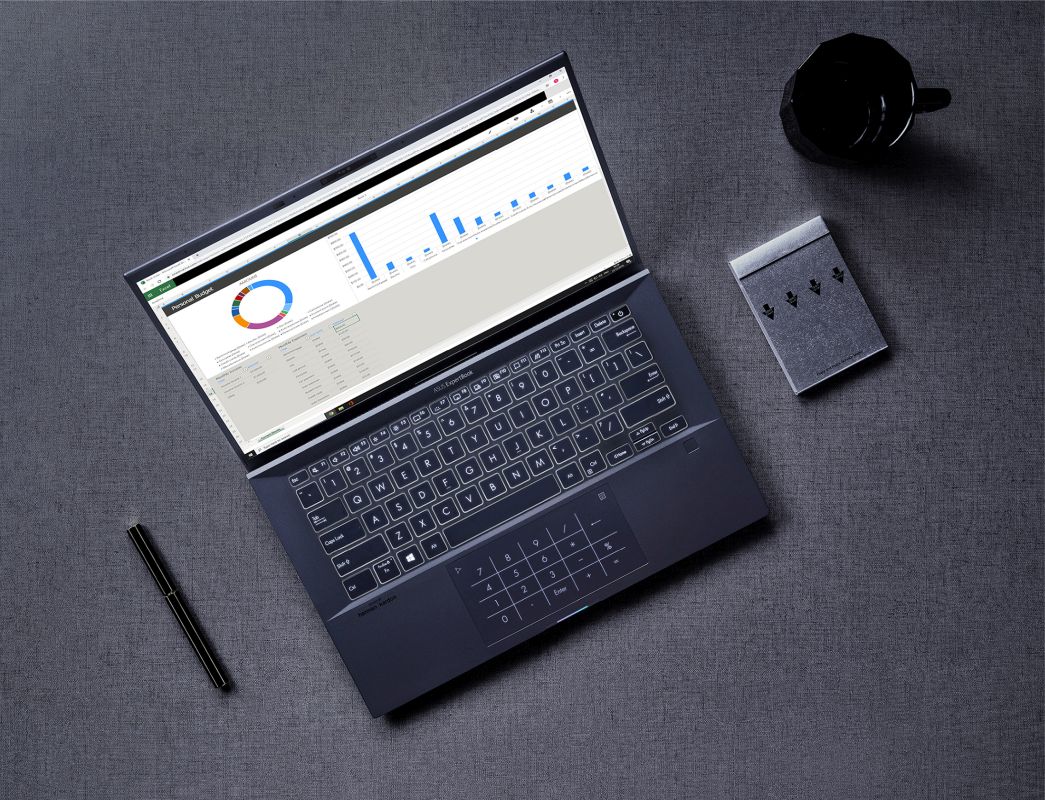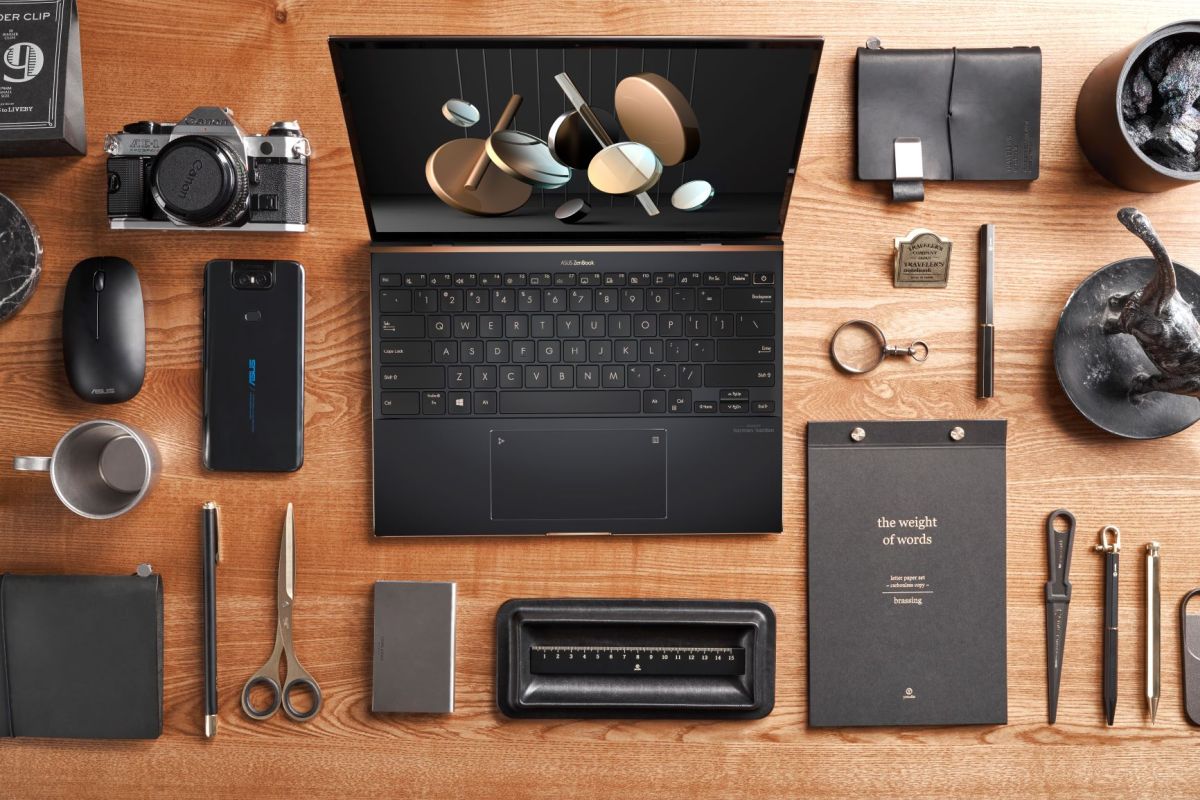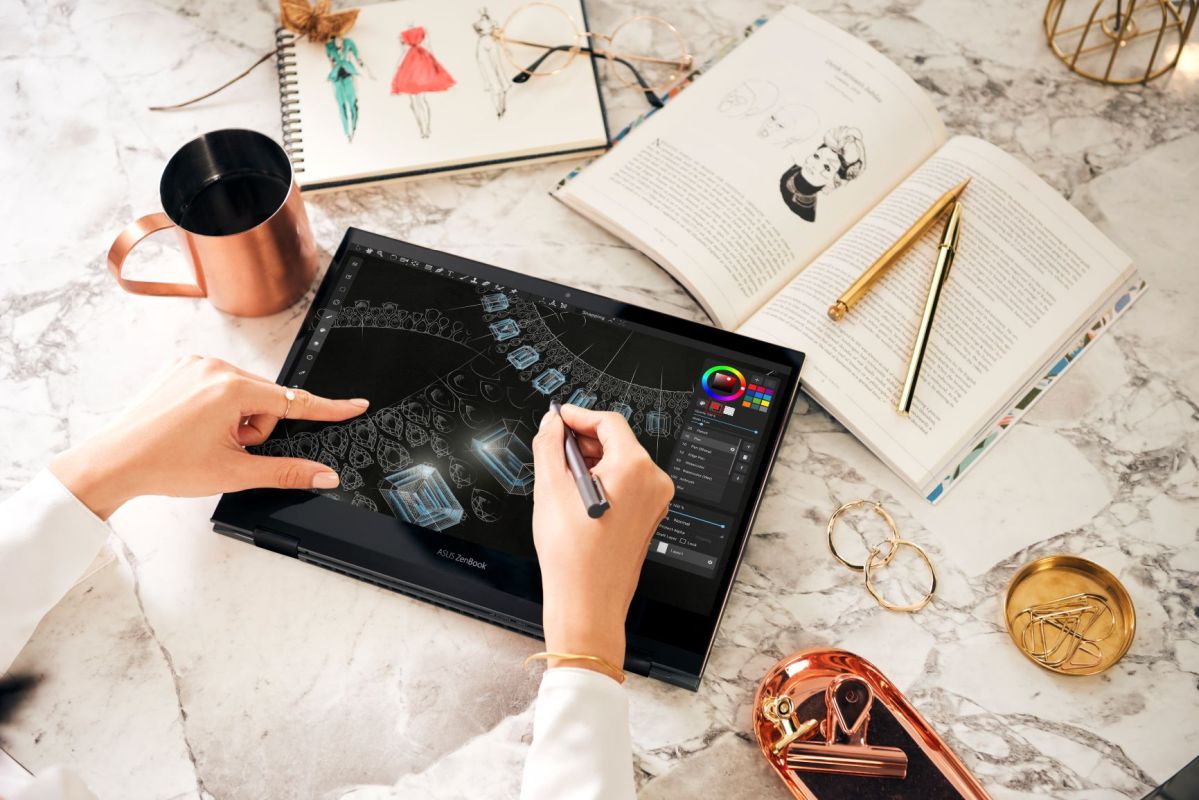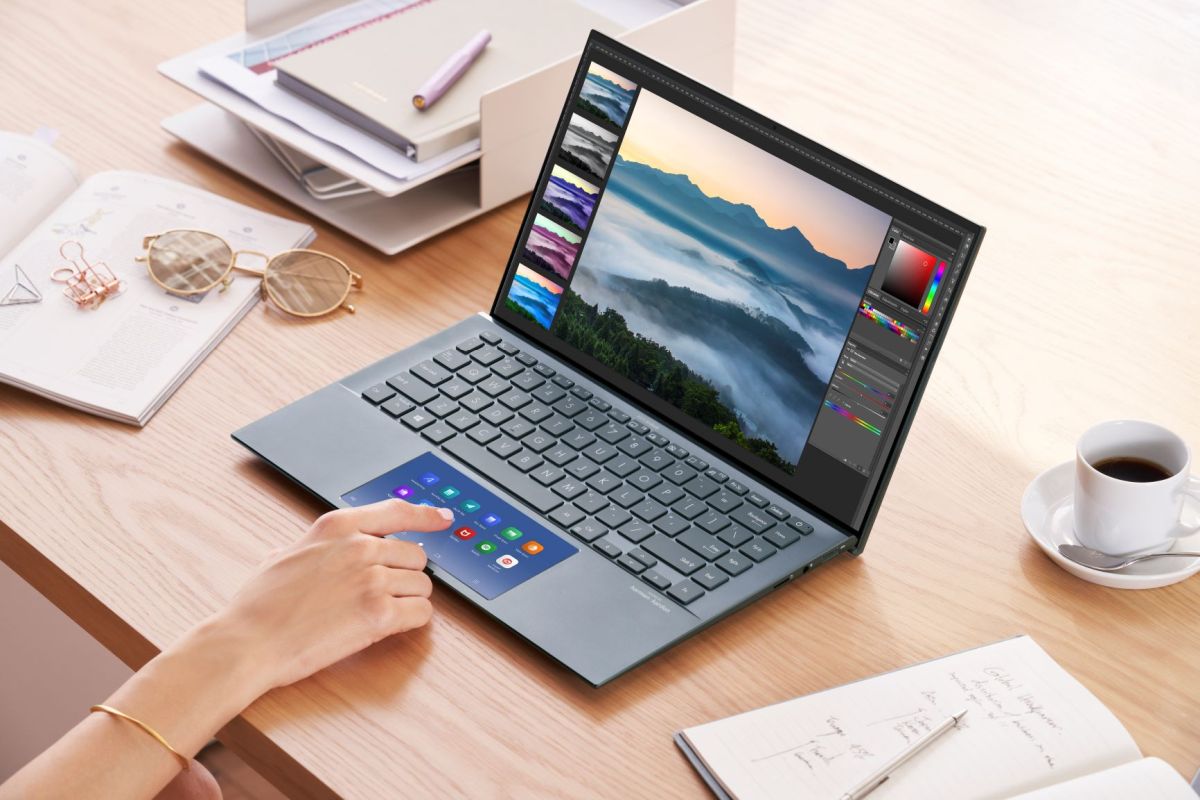First announced earlier this year, The ExpertBook B9 is one of the first recipients of Intel’s new 11th generation CPUs, but still retains that same lightweight 14-inch form factor, courtesy of the magnesium alloy chassis used to construct it. Specs-wise, the processor is a Core i7, complete with Intel’s Iris Xe integrated graphics.
Of course, it goes without saying that it also comes with all the trimmings that a business-grade and professional laptop deserves, including Intel Wi-Fi 6 support, Dual SSDs in either RAID 0 or RAID 1, plus new features such as AI noise-cancellation. Oh, and there’s also that ultra-long lasting battery life and Thunderbolt 4 support too. Moving on to the ZenBook line, the ZenBook S is by far ASUS’ most premium Ultrabook in the lineup. Aside from the obvious 11th generation Intel Core CPU inside, this machine sports a 13.9-inch 3.3K resolution touch NanoEdge display. That’s made possible due to its 3:2 aspect ratio. Moreover, the screen is also PANTONE Validated and even has that Ergolift Hinge that lifts it up at a slight angle.
Other specifications of the ZenBook S include a 67WHr battery that ASUS says will allow it to run continuously for 12-hours straight. as well as 16GB RAM, and a 1TB NVMe PCIe 3.0 SSD. Then there’s the ZenBook Flip series. More specifically, the ZenBook Flip S, Flip 13, and Flip 15. The Flip S stands out from the others, simply due to it being one of the first laptops to be powered by Intel’s new Evo platform. In terms of specs, the laptop sports a 13.3-inch 4K OLED panel with VESA DisplayHDR 500 and 100% DCI-P3 colour accuracy. It’s also certified by TUV Rheinland for eye care.
If 4K resolution is a little too rich for your blood, but you’re still looking at a laptop model like the Flip S, then the Flip 13 could be for you. It’s hardware is nearly identical to the more premium Flip S, the main difference being its NanoEdge Full OLED touch display. That is also compatible with the ASUS Pen. Alternatively, there’s also the ZenBook Flip 15 for those who want something bigger and slightly more power in the GPU department. Besides Intel’s 11th generation Core CPU, the machine is also fitted with an NVIDIA GeForce GTX 1650 Ti, making it a slightly more ideal device for the graphics designers that’s constantly on the move.
Last but not least is the refreshed ZenBook 14. Like its predecessor, the notebook is light and thin, and weighs in a little over 1kg. Powered by an 11th generation Intel Core CPU, the notebook also comes with up to 32GB RAM, with up to a 1TB NVMe PCIe 3.0 SSD, Wi-Fi 6 support, and ASUS’ NumberPad 2.0. The NanoEdge display has also been tweaked slightly, offering up to 90% screen-to-body ratio, plus the option to run at an ultra-low power of 1W. Of course, the biggest highlight of the ZenBook 14 is its extremely long battery life of 21 hours, as well as its comprehensive set of IO ports, including a full-sized HDMI port, USB-A ports, Thunderbolt 4 USB-C, and a microSD card reader.



